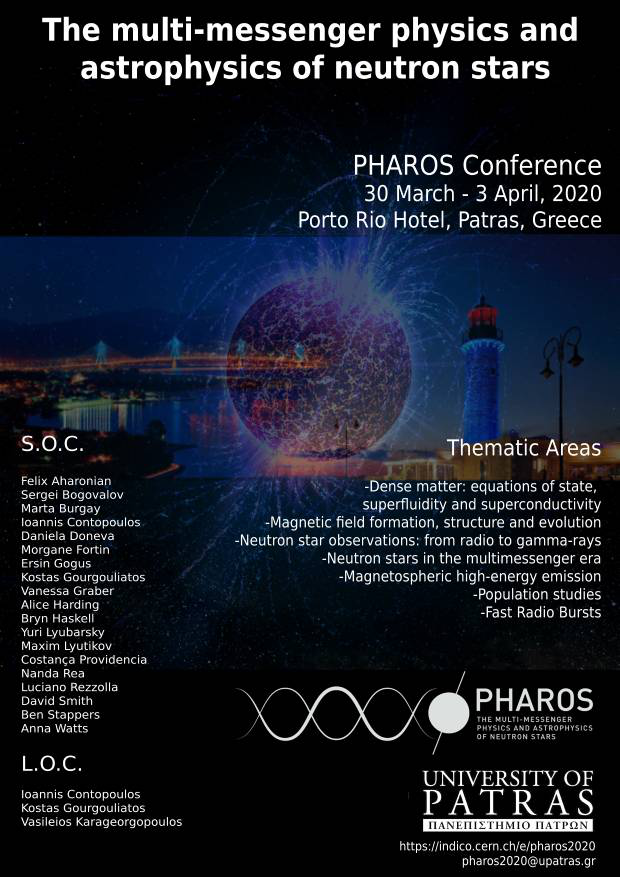Speaker
Description
The origin of the pulsed high-energy emission in pulsars is an outstanding open question since the early days of gamma-ray astronomy. Today, the combination of sensitive observations in the GeV domain and increasingly sophisticated numerical simulations have recently brought new insights into our understanding of the pulsed emission and particle acceleration processes in pulsars. I will review some of these new developments from the perspective of ab-initio global particle-in-cell simulations of pulsar magnetospheres and pulsar winds. Simulations show that the equatorial current sheet forming beyond the light cylinder is the main culprit for magnetic dissipation, particle acceleration and bright high-energy synchrotron radiation all together. The shinning current sheet naturally results in a pulse of light each time the sheet crosses our line of sight, which happens twice in most cases. Synthetic lightcurves present robust features reminiscent of observed gamma-ray pulsars by the Fermi-LAT and Agile, opening up new perspectives for direct comparison between simulations and observations.

